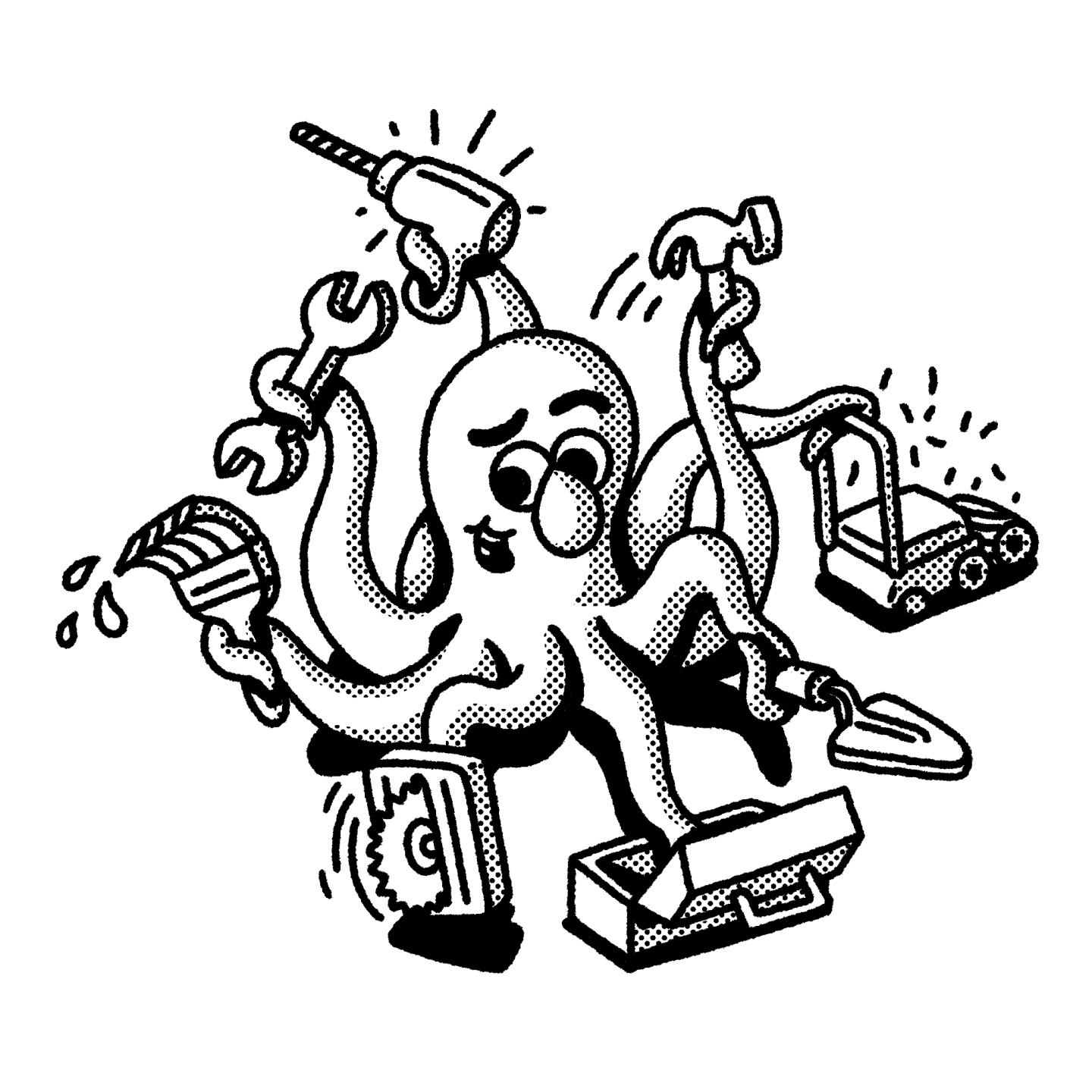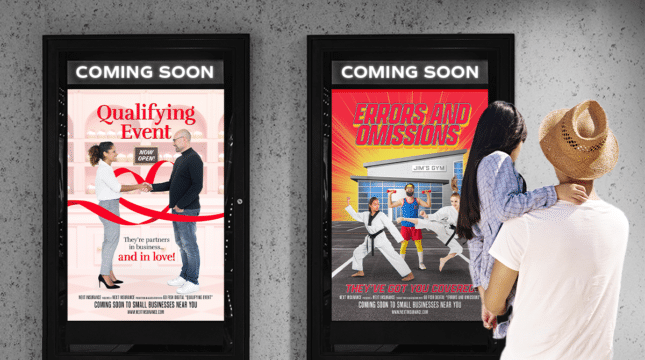How do occurrence-based policies work?
Insurers typically offer general liability and commercial auto insurance, among others, as occurrence-based policies. These policies cover claims during the period in which your insurance was active. This means that you can file a claim even long after you’ve stopped working with a carrier as long as the incident happened when you were covered.
For example, if you have a client who trips and injures their wrist at your office, your business’s general liability insurance would help pay for their medical bills at that time.
If years later, the person who tripped comes back and claims further injuries due to the accident, you can still file a claim with your original insurer under your old liability insurance, even if you’ve switched insurance companies or no longer have coverage. It’s the same occurrence.
Occurrence-based policies are designed to protect you from incidents that may cause injury or damage years after they occur.
Occurrence-based vs. claims-made policies
Small business insurance policies often come in two flavors: occurrence-based and claims-made. It’s essential to understand the difference between these two types of coverages.
With claims-made policies, you can only file a claim while the policy is active. Insurers generally offer policies like professional liability and errors and omissions insurance, among others, as claims-made policies.
So, for example, say you’re a plumber, and you get hired to repair the pipes in an old house. You have professional liability to protect yourself against any errors or mistakes you make on the job.
Once you finish the house, you decide to take an extended break and let your insurance lapse because you won’t be working for a while. After your coverage period ends, the house floods, and it turns out your work was the culprit. Eek.
Since professional liability insurance is claims-made, even though you did the work while you had coverage, you can’t file a claim because the policy isn’t active. You’ll have to pay for the damage out-of-pocket.
This may seem unfair until you understand two things. First, because of the narrower claims window, claims-made policies are much less expensive than occurrence-based policies. So as long as you keep your coverage active, you can save a lot of money.
And second, claims-made policies include the option to add a rider that will extend the time you can file a claim in the future (known as an extended reporting period). Or you can cover incidents that occurred long ago (prior acts coverage).
Risks and rewards of occurrence-based policies
Clearly, occurrence-based policies are more straightforward than claims-made policies, but that’s not to say that occurrence-based policies are right for everyone.
Because they offer broader protection, occurrence-based policies are understandably more expensive than claims-made policies. Plus, some insurance companies simply won’t offer certain types of coverage as occurrence-based policies, so they can be hard to find.
The other downside to occurrence-based policies is estimating how much coverage you will need. Like any insurance policy, occurrence-based policies have an aggregate limit, or the maximum amount the policy will pay out. Taking out too little coverage could expose you down the road while taking out too much means you overpaid for coverage you didn’t need.
However, occurrence-based policies have many benefits. One major benefit of occurrence-based policies is that their cost is fixed. Your premiums won’t change unless you change professions or the risk profile of your business increases, so you can budget well in advance.
Another benefit is that they are simpler to manage. There’s no need to tack on riders to cover previous or future claims; no need to worry about keeping your coverage active. If it happened when you had coverage, you’re covered. Piece of cake.
How NEXT makes business insurance easy
With 24/7 access to manage and update your coverage, NEXT lets you handle your insurance when it’s best for you.
You can start a quote, customize your options and access your certificate of insurance online immediately — in about 10 minutes.













